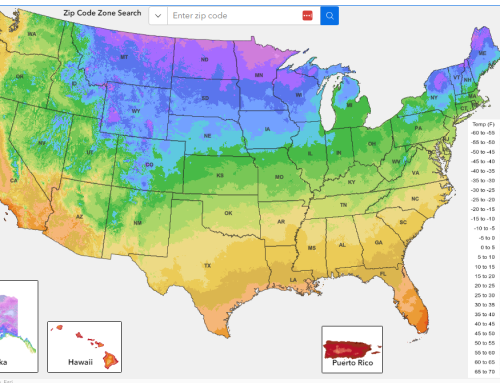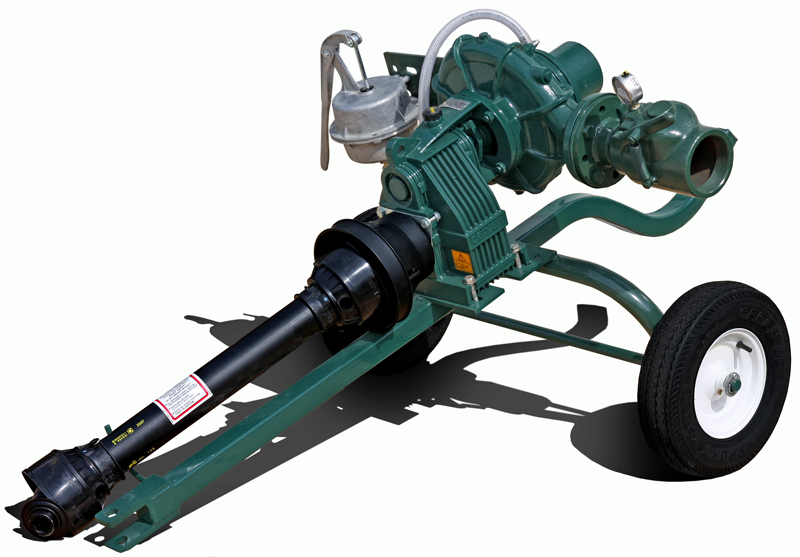I was born and raised in Florida and I have fond memories of miles and miles of citrus trees growing on the east coast in Brevard County – home of the Kennedy Space Center. Actually most of “my” Florida was covered in citrus groves. The “small town” of Orlando was surrounded by citrus, not subdivisions. I could drive from Titusville to St. Augustine and see nothing but citrus for the majority of the drive.
Candidly, these citrus farms were a playground for those who were growing up in the area. A great place to get a free snack, play hide & seek, ride bicycles and sometimes to have “battles” using oranges as projectiles.
Today if you drive through Titusville, Florida I doubt you will be able to see any citrus trees. Trees have been replaced with subdivisions and shopping centers. It is difficult to compete with real estate developers that can afford more per acre than citrus farmers. While citrus groves are selling for $3,500 to $15,000 per acre, land developers are paying three times that for land to commercially develop.

Orange groves are disappearing.
So on one side citrus farmers are being squeezed by the rising value of their land. And they are being squeezed on the other side by climate change. The conditions for growing citrus in Florida is rapidly changing. The weather is growing hotter, for longer stretches of the year. We always knew that the oranges were sweet and ready for picking after the first cold snap of the season. Now the cold snaps are coming later and later.
On Sunday, November 20th I was watching Sunday Morning on CBS when I saw the segment “With climate change, crops migrate north“. I discovered that the citrus groves of my youth had not disappeared, they were merely moving north to Georgia – to the land of peaches!
Joe Franklin has a 78-acre citrus farm right smack in the middle of peach country. He now “has 12,000 trees, growing fruit in the middle of Georgia you’d normally expect to find hundreds of miles south in Florida: Grapefruit, Meyer lemons, mandarins, mangoes.”
“A lot of crops – not just in the U.S. but also in Africa, India – are already seeing the impacts of climate change,” said Himanshu Gupta, CEO of San Francisco-based startup Climate Ai. The stakes are high: as the planet warms and climate change fuels more severe drought and flooding, it’s estimated worldwide crop yields could decline up to 30% by the year 2050 (according to a report by the Global Center on Adaptation).
Gupta showed Tracy how the cranberries on our Thanksgiving tables will likely have to be grown significantly further north in the coming decades. Climate Ai’s platform uses machine learning to identify climate risks for agricultural producers. “Using that, you can tailor your recommendations for the food companies or seed companies or for farmers,” Gupta said.”
So today’s farmer might be forced into a decision. If you want to continue to grow the same crops as you are now, you may have to pack your bags and move north.






